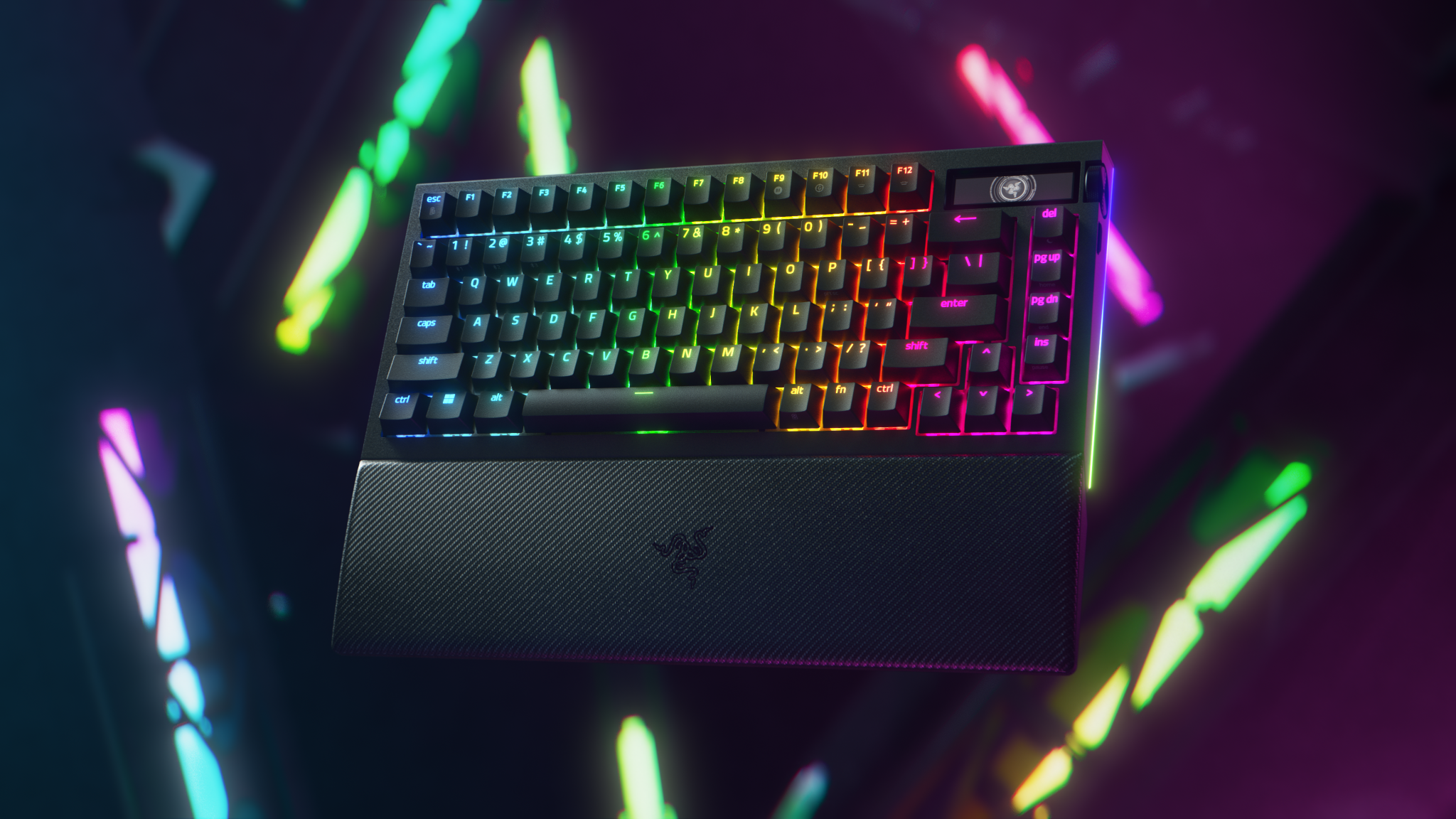
European AI Innovation Gains Ground with Le Chat’s Latest Advancements
While AI giants like ChatGPT, Copilot, and DeepSeek often dominate discussions, the global AI landscape is far from a two-horse race between the US and China. Europe is making significant strides, and one of the most notable contenders is Le Chat, a France-based AI chatbot that is quickly gaining recognition for its speed and functionality.
In a recent update, Le Chat introduced an image-generation feature powered by a German AI model from Black Forest Labs, marking a collaborative leap forward in European AI development. This partnership between French and German tech firms exemplifies Europe’s growing push to compete with the AI powerhouses of Silicon Valley and Beijing.
According to Mistral, the company behind Le Chat, this chatbot is currently the fastest AI model in the world, capable of generating up to 1,100 tokens per second—an astonishing speed that outpaces ChatGPT’s 85 tokens per second by a factor of 13. Beyond its rapid response time, Le Chat also delivers in-depth answers by drawing from a diverse range of sources, making it a powerful tool for knowledge-based queries and creative tasks alike.
With the latest update, users can now generate photorealistic images directly within the app. A fitting example? A cat drinking tea, demonstrating the model’s ability to interpret creative prompts with high visual accuracy.
Le Chat is currently available as a free app for Android and iOS, as well as through a web interface. However, usage limits apply, and heavy users may eventually need to subscribe for $14.99 per month. This subscription model is explicitly targeted at power users, allowing casual users to continue accessing the chatbot without immediate cost barriers.
With fast response times, precise explanations, and advanced AI capabilities, Le Chat is proving that European AI innovation is alive and well. As it continues to develop, it could soon stand as a legitimate alternative to the dominant AI models that currently lead the industry



